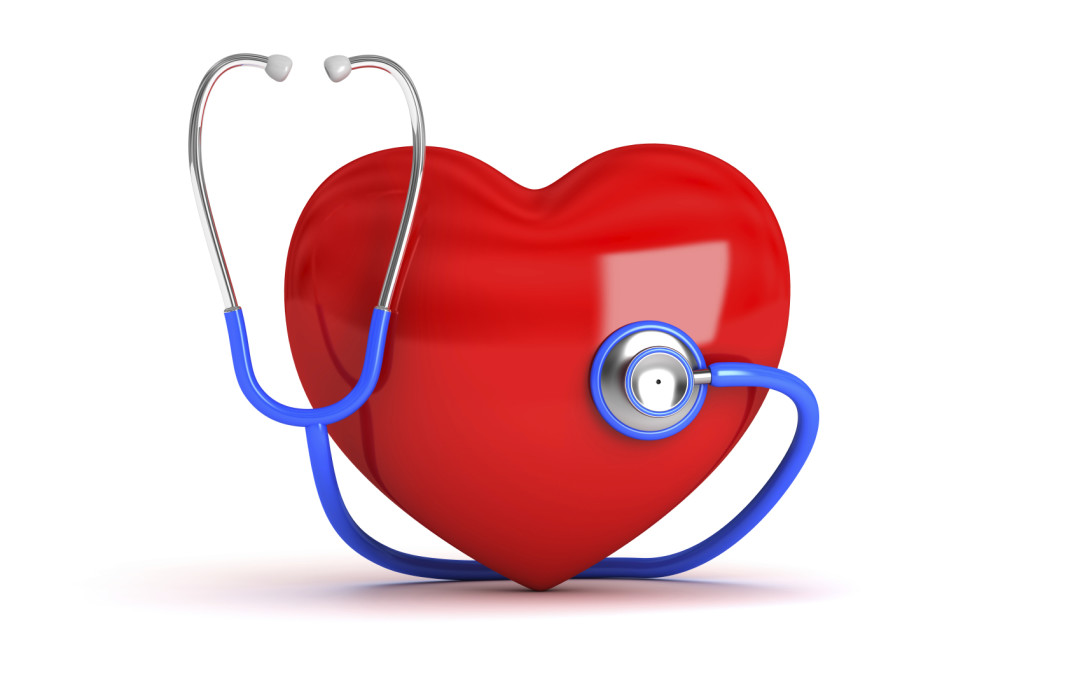|
There’s one catastrophic anti-aging mistake that even some of the most proactive, skin-savvy individuals tend to make. It happens all the time.
People will take all the right steps to look younger—drinking water, taking supplements, sticking to a healthy diet…
And most importantly, they know to nourish their skin each day, with only the most effective anti-aging products.
Daily skincare routines are absolutely vital and it’s simply impossible to see anti-aging results without them…
But in focusing principally on their skin, people often neglect something which—when not properly cared for—can make even a fresh-faced 20-year-old, look more than a decade older…
Their teeth!
You see, the teeth age just like any other part of the body—and the older you get, the more noticeable these changes become.
We don’t just mean visible cavities or tooth decay (those are the result of poor dental hygiene, not age). The most common culprit is yellowing—a process which inevitably occurs over time, even if you brush and floss every day!
For example, take this public opinion poll conducted several years ago in the U.K:
Half of the participants were shown a photograph of a woman—and asked to guess her age. The average estimate was 31.

Meanwhile, the other half saw the exact same photograph, but this time, the woman’s teeth were digitally altered to look just slightly more yellow. Participants guessed her age to be 44.
That’s a 13-year difference—all caused by such seemingly minor pigment change.
So if you aren’t taking measures to keep your teeth from losing their pearly luster, you may adding 13 years to your appearance every time you smile!
Just be cautious of the broadly promoted “cheap, painless, and even all-natural options at your immediate disposal”— they all guarantee great results — but several may actually harm your teeth.
For example:
Brushing your teeth with a strawberry and baking-soda mixture — which “The Dr. Oz Show” and YouTube videos have touted as a natural, cheap, easy, do-it-yourself way to brighten teeth — does not actually whiten teeth, and may even weaken them, according to new research.
In the past, lemons had also been advocated as tooth-whitening agents. However, researchers very soon discovered that the high concentration of citric acid in lemons made their juice acidic enough to potentially erode teeth.
“Strawberries also contain a high concentration of citric acid, with trace amounts of malic acid, depending on the ripeness and storage conditions,” said lead study author So Ran Kwon, a tooth-whitening researcher at the University of Iowa. “However, I assume that malic acid is not well-known to the public, so that created some kind of a myth that it is different from citric acid, possibly working better and being safer.”
To see if this strawberry and baking-soda strategy might work, Kwon first rubbed a mixture of baking soda and California-grown organic strawberries on 20 recently extracted human molars for 5 minutes, and then brushed the teeth gently. She repeated this procedure three times daily for 10 days, much like the recommendations given by those trying this homemade recipe.
The experiments found that teeth brushed with the strawberry and baking soda formula showed no real whitening, based on two well-known color-measurement tests, and an examination with a scientific instrument that detects colors known as a spectrophotometer. The mixture only removed superficial debris from the teeth.
The scientists also experimented with three other groups of human molars, which they subjected to other teeth-whitening remedies — over-the-counter whitening strips, prescription tooth-whitening products and a procedure mimicking professional teeth whitening at a dentist. All of these methods produced discernible whitening, the researchers found. They detailed their findings online Oct. 3 in the journal Operative Dentistry.
The main reason the strawberry and baking-soda recipe failed to work is that the mixture lacks the chemicals hydrogen peroxide and carbamide peroxide, which are key ingredients in tooth-whitening products, according to the American Dental Association.
“The only benefit of the do-it-yourself method — strawberries and baking soda — is, while it seems to make your teeth look whiter, they look whiter because you’re just removing plaque accumulation on your teeth,” Kwon said in a statement. “You really want something that penetrates into your teeth and breaks down the stain molecules. If you don’t have that, you get just the superficial, and not the whitening from the inside, which was what you really want.”
In addition, the strawberry and baking-soda formula had a major downside: It reduced the surface hardness of teeth by up to 10 percent, due to the erosive effect of the citric acid in the fruit. Kwon reported these findings in June in the journal Odontology.
“It was very interesting and rewarding to find some information and evidence to share with the lay public on the efficacy and potential adverse effects associated with do-it-yourself strawberry whitening,” Kwon said.
As to whether there might be any other homemade recipes that could brighten teeth, Kwon noted that tooth whitening is the result of chemical agents “breaking down stain molecules deep within the tooth structure, so that the tooth lightens up from within. This procedure takes time.
“There may be natural ingredients that brighten teeth, but the application time would have to be definitely prolonged to see any whitening,” she added. “I could further explore this as my next project.”
Naturally, if you are in a position to afford professional whitening, this will typically produce the best and longest-lasting results — without damage to your tooth enamel.
Whichever method you elect to pursue, if you do get results, maintaining your new shade also takes some work.
Limit your intake of red wine, coffee, black tea, soy sauce, tomato sauce, and blueberries—all of these foods will stain your teeth and undo the effects of your whitening treatment.
Dazzling teeth are the perfect way to compliment—and accentuate—the beautiful, youthful look of your skin…While a yellow, lackluster smile, can actually undo all the hard work you put into your appearance.
That’s why we urge all of our readers to keep their pearly whites, as white as possible.
Teeth have a shockingly powerful effect on a person’s perceived age.
We’re not knocking all home remedies. One that has been recommended for teeth whitening is the coconut oil pull. Now, while this will probably produce a very limited whitening effect, it may actually benefit your gums.
Every morning, before brushing your teeth, put about a tablespoon of coconut oil in your mouth and swish it around the way you would a mouthwash.
Make sure you pull it through every section of your teeth, then rinse and brush.
Your mouth will feel cleaner after the very first treatment. Advocates say you should notice a whitening effect after about a week and a half of daily “pulling.” This is debatable.
Aside from the potential benefit to your gums, coconut oil can even freshen your breath—the only catch is, you have to rinse for 10-15 minutes each time to get results.
We will have more valuable tips and ideas for you soon. Until then, have a great day and find lots of reasons to smile—after all, with so many great whitening resources, there’s no reason to hide your happy face!
|









